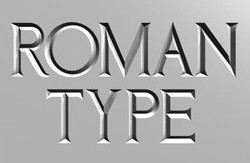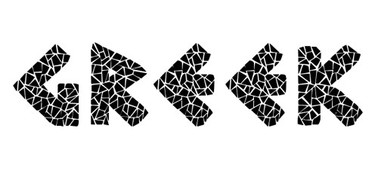|
Fable & Allegory
|
to provide a literary story or images describing something with symbols that reveal hidden meanings in the things described; allegories are typically moral, religious or political whole narratives featuring extended metaphors; from the Latin allegoria 'change' and the Greek, meaning 'speaking other than one seems to speak'; also called 'parable'; some rhetoricians consider fable and allegory extended similes
|
Examples
- The Bible contains allegories of morality and the supernatural.
- Aesop's Fables teach truths about human society and describe struggles with power using simple tales featuring animals and other symbols.
- George Orwell's Animal Farm allegorically describes the fall of the last Russian Czar and the rise of Marxism through a farm-animal fable that begins with a utopian society where 'all animals are equal' and ends as a dystopian tale about the corrupting effects of power.
Purpose
Art Imitates Life & Life Imitates Art
Allegory is more comprehensively studied in literary theory. It is a literary device rather than a figure of speech because it tells a figurative tale through a creative whole narrative, such as a poem, play or novel.
Fables typically contain animal characters and are generally shorter than allegory. Both reveal hidden meanings and critique society and moral conduct.
Social, and especially political, critiques are nowadays more often parodic or satirical narratives.
Fables typically contain animal characters and are generally shorter than allegory. Both reveal hidden meanings and critique society and moral conduct.
Social, and especially political, critiques are nowadays more often parodic or satirical narratives.
Usage
Allegorical Commonplaces
Allegory and fable are whole narratives that cannot be completely used within texts like other figures of speech. We more likely use the title, characters or lines from allegories and fables as commonplace analogies or proofs. These caution or reprove their targets. Real events can also serve as allegories.
|
Allegorical Symbolism
Alice in Wonderland
'No, no!' said the Queen. 'Sentence first - verdict afterward.' Napoleon
'All animals are equal, but some animals are more equal than others.'
Watergate
|
Everyday Purpose
'Alice in Wonderland' is used to describe fantastical and incredulous situations, particularly those in political fields.
Whether referring to the real Napoleon Bonaparte or the pig Napoleon in Animal Farm, 'Napoleon' has become a derogatory epithet describing individuals who abuse their power.
This line from Animal Farm is used to reprove those who advocate equality only ostensibly.
From this notorious America political scandal, the suffix '-gate' has been put before other named scandals, to symbolize their severity.
|
Whole-narrative allegories and fables are probably less common in the internet age. Human conduct and affairs are nevertheless still commonly described with allegorical symbols and fables. Cartoon characters like Garfield the cat and his owner Jon, for example, comically reveal how pets are the real owners in a pet/owner relationship.
Digital Allegory
The digital world is an allegorical world. We can use fonts and emoticons and images and videos and sounds and soundtracks to infuse meanings and symbols in texts.





